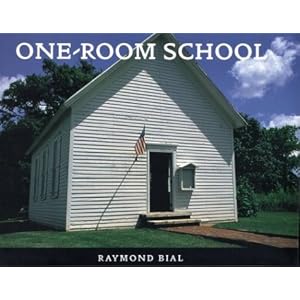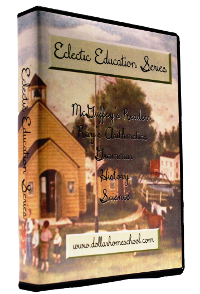 A number of years ago I picked up a stack of books at a
thrift store for about $.25 a piece. Among them, and much to my amazement, was a textbook which was entitled,
Teen Guide to Homemaking, a book originally published in 1961 (more than 52 years ago) and
written for home economics classes in schools. Without giving it any further
thought, I placed it on the bookshelf along with numerous other titles.
A number of years ago I picked up a stack of books at a
thrift store for about $.25 a piece. Among them, and much to my amazement, was a textbook which was entitled,
Teen Guide to Homemaking, a book originally published in 1961 (more than 52 years ago) and
written for home economics classes in schools. Without giving it any further
thought, I placed it on the bookshelf along with numerous other titles.Before long, it began popping up all over the house; I found it under beds, on the coffee table, under the pillows on the couch. Even today, this is one of the most popular books in our home library.
The titles of the chapters and the information covered are simply fascinating to my children; making friends, choosing clothing and hair styles, personal grooming and general health (such as bathing and nutrition), cooking, decorating, sewing, entertaining and family relationships. Basically, it is about growing up, and, just like most children who are not being brain-washed into thinking that life exists in a cubicle, they are engrossed with the subject!
 Of course, this book was not written from a Christian perspective, and I am now very conscious of the "social engineering" that was going on between the lines. Still, there was enough Christian influence still in existence so that there was even a photo included of a young lady holding a Bible.
Of course, this book was not written from a Christian perspective, and I am now very conscious of the "social engineering" that was going on between the lines. Still, there was enough Christian influence still in existence so that there was even a photo included of a young lady holding a Bible.As a homeschooling mother, I have so often felt apologetic about taking as much time to teach our children about practical living as we do about the essential school subjects. Transcripts don't have slots to record all of the best learning that really goes on in a young person's life.
 But there is so much more required of us than just gaining a degree or forming a career path. The total of our lives is much richer than what we do; it is who we are and what we offer to others that counts the most.
But there is so much more required of us than just gaining a degree or forming a career path. The total of our lives is much richer than what we do; it is who we are and what we offer to others that counts the most. Homemaking is the best place to put all that we learn into beneficial practice. By thinking of our homes as a microcosm or miniature community in the scheme of a much larger design, we can use every discipline to create a wholesome atmosphere in which human beings can thrive, and, more importantly, where seeds can be planted and nurtured until there is fruit for God's Kingdom and glory!
That wonderful little book gave me quite a lot to think about indeed.






































